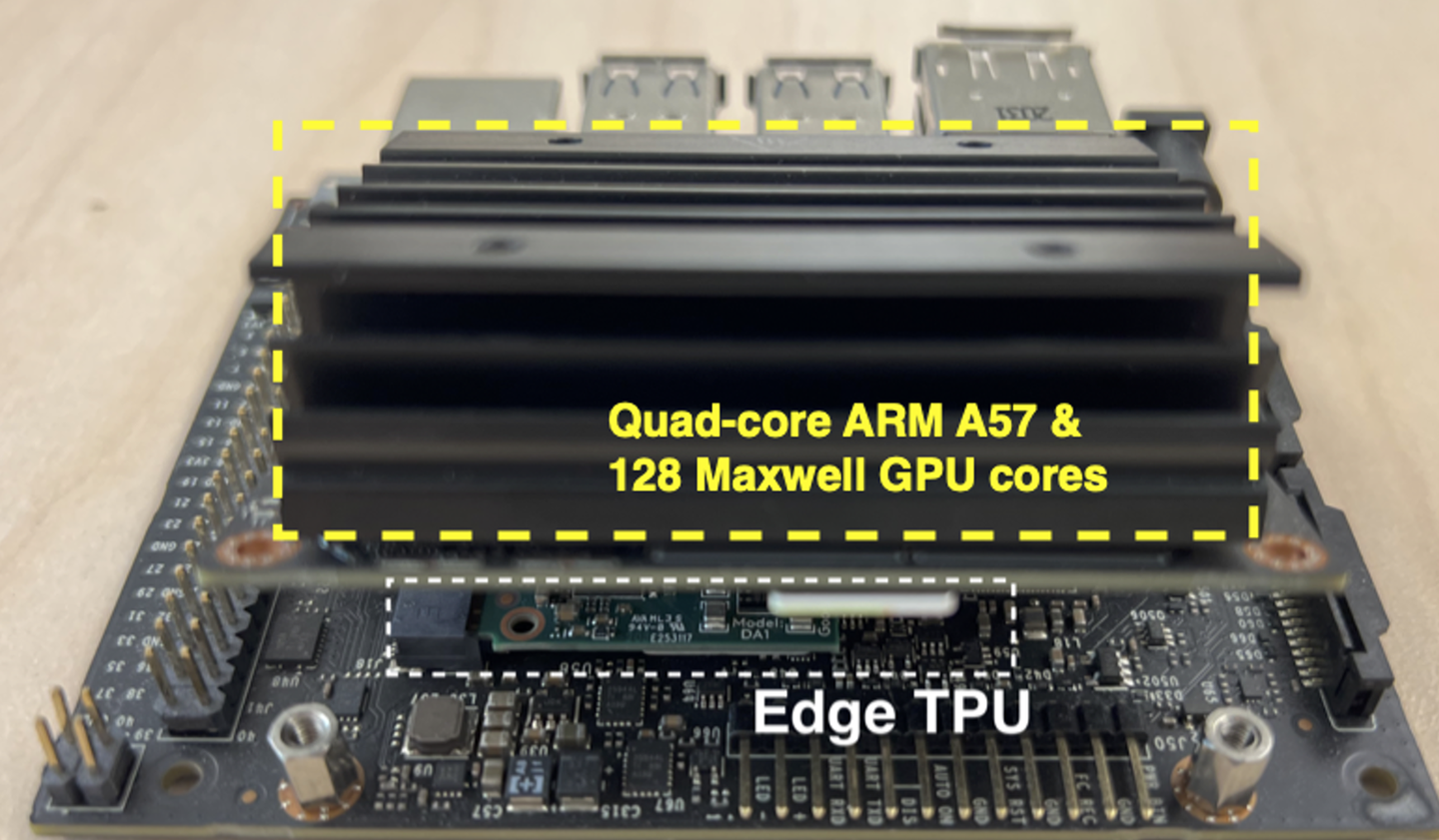Scientists double computer processing speed and cut power consumption by 50%
The SHMT system achieved a significant 1.96 times speedup while reducing energy consumption by 51%. (CREDIT: Simultaneous and…

The SHMT system achieved a significant 1.96 times speedup while reducing energy consumption by 51%. (CREDIT: Simultaneous and Heterogenous Multithreading)
Imagine if your smartphone, tablet, or laptop could operate twice as fast without any new hardware. That's the ambitious goal outlined by Hung-Wei Tseng, an associate professor of electrical and computer engineering at UC Riverside.
Tseng, along with graduate student Kuan-Chieh Hsu, has proposed a groundbreaking approach to computer architecture called "Simultaneous and Heterogeneous Multithreading" (SHMT).
Computer processing speeds
Modern computing devices, whether it's your phone, PC, or server, are equipped with various specialized components like GPUs for graphics processing, AI accelerators, or digital signal processors. These components usually work independently, leading to inefficiencies as data is shuffled between them, creating bottlenecks in the system.
The execution model of (a) conventional heterogeneous computers (b) conventional heterogeneous computers with software pipelining, and (c) SHMT. (CREDIT: Simultaneous and Heterogenous Multithreading)
The SHMT framework devised by Tseng and Hsu aims to change this by concurrently utilizing multiple processing units present in a device. In their research, they developed a prototype SHMT system on an embedded platform, leveraging a multi-core ARM processor, an NVIDIA GPU, and a Tensor Processing Unit accelerator.
Their results are promising. The SHMT system achieved a significant 1.96 times speedup while reducing energy consumption by 51%. Tseng emphasizes the elegance of this approach, noting, "You don't have to add new processors because you already have them."
The potential benefits of this innovation are immense. By maximizing the use of existing hardware components, not only could it slash hardware costs, but it could also address environmental concerns.
Related Stories
The reduced energy consumption could lower carbon emissions associated with running data centers, and it might even alleviate the strain on freshwater resources needed for cooling servers.
However, Tseng's research acknowledges that there are still several hurdles to overcome. Questions remain about system implementation, hardware compatibility, code optimization, and identifying the types of applications that would benefit most from SHMT.
Presented at the 56th Annual IEEE/ACM International Symposium on Microarchitecture in Toronto, Canada, Tseng's paper has earned recognition from the Institute of Electrical and Electronics Engineers (IEEE).
It was selected as one of 12 papers to be featured in the upcoming "Top Picks from the Computer Architecture Conferences" issue, highlighting its significance in the field.
Tseng and Hsu's work represents a promising step towards unlocking untapped potential within existing computing hardware. Their SHMT framework could pave the way for faster, more efficient devices, with far-reaching implications for both technology and the environment.
For more science news stories check out our New Innovations section at The Brighter Side of News.
Note: Materials provided above by The Brighter Side of News. Content may be edited for style and length.
Like these kind of feel good stories? Get the Brighter Side of News' newsletter.
Joshua Shavit
Science & Technology Writer | AI and Robotics Reporter
Joshua Shavit is a Los Angeles-based science and technology writer with a passion for exploring the breakthroughs shaping the future. As a contributor to The Brighter Side of News, he focuses on positive and transformative advancements in AI, technology, physics, engineering, robotics and space science. Joshua is currently working towards a Bachelor of Science in Business Administration at the University of California, Berkeley. He combines his academic background with a talent for storytelling, making complex scientific discoveries engaging and accessible. His work highlights the innovators behind the ideas, bringing readers closer to the people driving progress.



